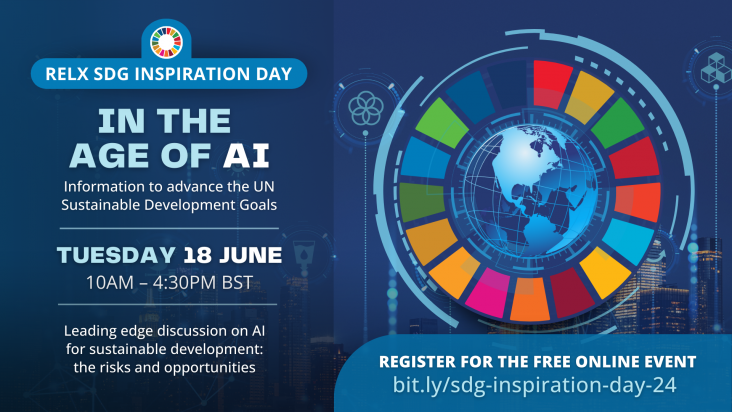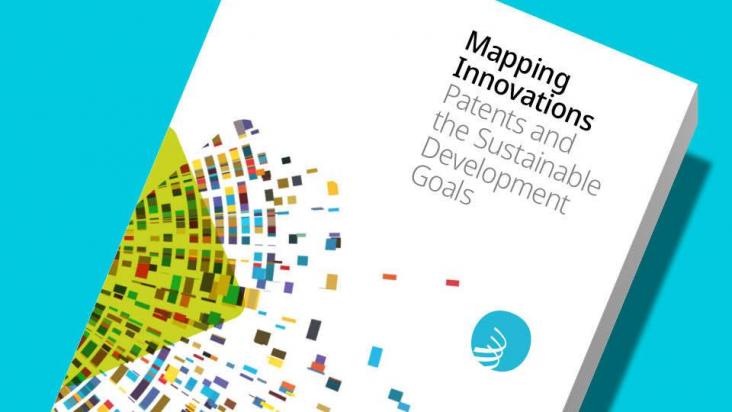
AI holds tremendous potential for advancing the United Nations Sustainable Development Goals (SDGs). AI, particularly generative AI, provides new opportunities to analyse data and trends at pace a

World Intellectual Property Day, observed each year on 26th April, is an opportunity to celebrate the contributions made by inventors and creators around the world and to explore how IP contributes
This chapter advances Goals 13 and 9 by examining the effects of climate change and the relationship with the Arctic based on the perspective of professionals working on climate change and Arctic issues.


Computational Intelligence and Blockchain in Complex Systems: System Security and Interdisciplinary Applications, 2024, pp 199-204

Sustainable Development of Renewable Energy: Latest Advances Production, Storage, and Integration, Advances Renewable Energy Technologies, 2024, Pages 401-412
This chapter aligns with SDGs 7 (Affordable and Clean Energy) and 17 (Partnerships for the Goals) by highlighting the roles of smart grids, renewable energy communities, information, and digitization, requiring technological, research, and political collaboration, in advancing the energy transition.
